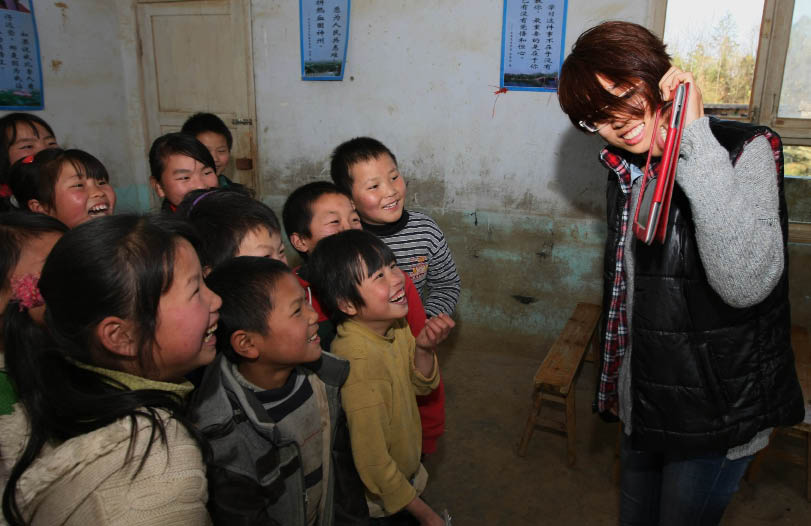Goodbye, Poverty
Nationwide reform and opening-up policies have also promoted integrated economic development. Poverty in rural areas has been further alleviated thanks to farmers’ planting higher value-added crops, and the emergence of non-agricultural industries in the countryside.
The results of early reform were remarkable. By domestic estimates, the number of Chinese citizens living in extreme poverty decreased by 17.86 million annually from 1978 to 1985.
By the mid-1980s, high-speed economic development highlighted the income gap between China’s poorer inland areas and the more developed eastern coastal regions. In 1986, the government set up a poverty relief department and redefined the poorest counties as those with an annual net income per capita of RMB 206. This shift was accompanied by an expansion of poverty relief measures to include not only monetary support, but also a special poverty relief fund and preferential government policies. In eight short years thereafter, the proportion of the poverty-stricken population in the total rural population fell from 14.8 percent to 8.7 percent.
The period 1994-2000 is regarded as having been pivotal in the fight against poverty in China. The country’s poverty alleviation office reported that by the turn of the millennium problems of food and clothing for the rural poor had essentially been solved. In the three years from 1997 to 1999, the population living in poverty had decreased by eight million annually, the office also recorded.
The measurement of the national poverty line was subsequently reset, based on a minimum nutrient requirement – 2,100 calories per capita per day, and taking into consideration the consumption structure of the low-income population. The poverty line has since then been redefined on a regular basis according to prices and other factors. Since 2007, the poverty line has risen from RMB 1,067, to RMB 1,196 in 2009, then to RMB 1,274 in 2010.
Taking the 2009 poverty line as a benchmark, the population of rural poor fell from 86.45 million in 2002 to 26.88 million in 2010. The proportion of rural poor in the total rural population fell from 9.2 percent to 2.8 percent.
In 2011 the poverty line was increased to RMB 2,300 – a dramatic rise over RMB 1,274 the year before. By the end of 2011, 122 million rural people were designated the target of poverty relief programs.
Poverty relief programs have been gradually stepped up over the past three decades. And the poor have also benefited from developments in other fields of Chinese society. Infrastructure construction, social undertakings and ecological projects all contribute to improving standards of living. Today, about 90 percent of villages in the country’s most impoverished counties have access to highways, electricity, telephone services, TV and, most important of all, safe drinking water. Meanwhile, a subsistence allowance has been set up in the countryside, and aid programs have been worked out to assist impoverished disabled people. Thanks to these measures, the basic living standards of all rural residents, including the disabled, are guaranteed.
In 2012, poverty eradication remains high on the agenda of the Chinese government. Recently the authorities set an outline of the minimum standards of living for the poor to be achieved by 2020. Besides the basics like access to food and clothing, free education, basic medical care and housing, the increase in the per capita net income of farmers in poorer areas is required to be higher than the national average.
We are already seeing signs that the rural-urban income divide is narrowing. In the past decade, net rural per capita income and regional GDP per capita in impoverished areas rose faster than the national average – rural per capita net income increased 9.4 percent, 1.3 percent faster than the national average. Regional GDP per capita for impoverished counties averaged a rise of 15.3 percent over the past decade, a staggering 5.1 percent higher than the national average. This performance is in large part thanks to initiatives to optimize the industrial structure of the most impoverished counties and ensure their economies are geared to long term, quality economic growth.
 |
| Yang Hanbing, a volunteer teacher from Shanghai, gives students of a school in the mountains their first music class ever, Bijie, Guizhou Province. |

